Fluorescent lighting has been a primary option for schools, office buildings and warehouses around the world. However, in the last 30 years lighting technology has made leaps and bounds in energy efficiency, and lighting performance. Light-emitting diode (LED) technology is a viable option for all types of facilities. So, let’s look at the key differences between LED technology versus it’s more traditional HID counterparts. LED and HID lighting use completely different methods to produce and emit light. Fluorescent bulbs contain inert gas within the glass casing while LEDs are a solid-state technology. Fluorescent lights produce UV radiation and then convert it into visible light through the use of a phosphor coating inside the bulb. LED’s generate light via a semi-conductor, as opposed to the consumption of a “fuel source” like in HID lamps. In regard to “distributing” light, LED fixtures commonly utilize “Multi-Point” sources, meaning the fixtures have multiple diodes with individual optics. When you compare this to the way most HID fixtures distribute light (with a single bulb and reflectors within the fixture), the result is light that is more evenly “distributed’ across the surface below. Now, let’s take a look at three disadvantages of fluorescent lighting and three benefits of using LED technology.
Why should you consider LED fluorescent tube replacement?
When it comes to a head-to-head comparison, LED lighting has some clear advantages over fluorescent tubes. Here are three excellent reasons to consider LED replacement for any fluorescent lights:
- Fluorescent lights contain toxic mercury. Mercury and the phosphor inside the bulbs are hazardous materials that present a waste disposal issue at the end of a light’s life. Broken bulbs release a small amount of toxic mercury as a gas, and the rest is contained in the glass itself. For this reason alone, building and facility managers should consider LED replacement for fluorescent tubes. Incandescent bulbs have already begun to be phased out, and it’s not impractical to consider that fluorescent lights may one day be banned outright due to their hazardous content.
- Fluorescent lights age significantly if they are frequently switched on and off. Typical lamp life for a Fluorescent bulb is about 20,000 hours, but this can degrade as a consequence of frequent switching (turning on and off the lights). Burning life is extended if lamps remain on continuously for long periods of time. Replacing your fluorescent tubes with LEDs is especially worth thinking about if your facility utilizes motion sensors that frequently activate and time out.
- Fluorescent lights are omnidirectional. Omnidirectional lights produce light in 360 degrees. This is a large system inefficiency because at least half of the light needs to be reflected and redirected to the desired area being illuminated. The need for reflection and redirection of light means that the output is much less efficient for omnidirectional lights (due to losses) than it would be for the same light if it were directional by its nature. It also means that more accessory parts are required in the light fixture itself in order to reflect or focus of the bulb (thus increasing unit costs).
Conclusion
In conclusion, we can see that there are both economic, environmental and energy efficiency reasons to switch to light-emitting diode technology. If you are interested in what an LED retrofit would look like for your company contact us here at Action Services Group by calling 610-558-9773, email [email protected], or schedule a call that fits your needs by clicking the button below. We would be happy to put together a free, no-obligation proposal for your facility. Thanks, we look forward to hearing from you.

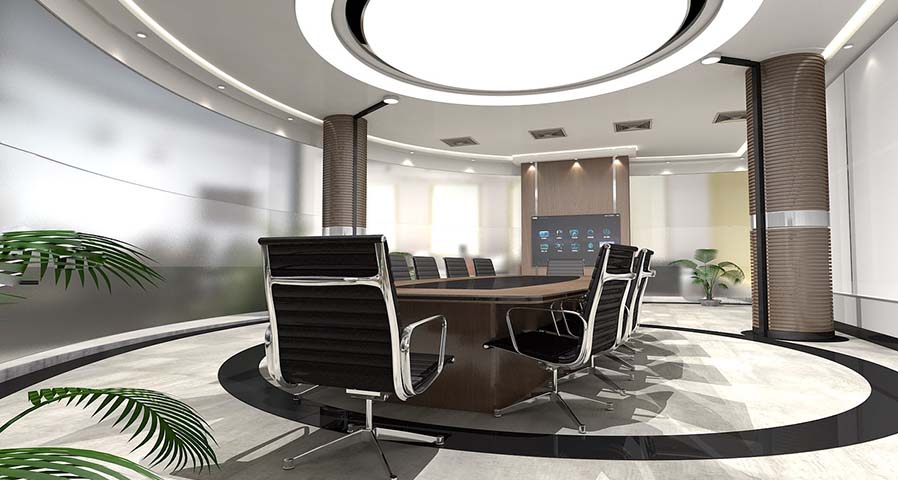
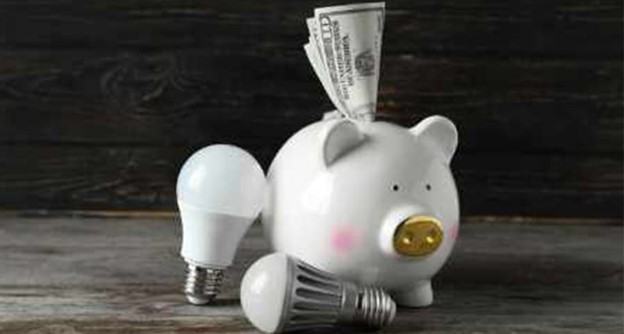
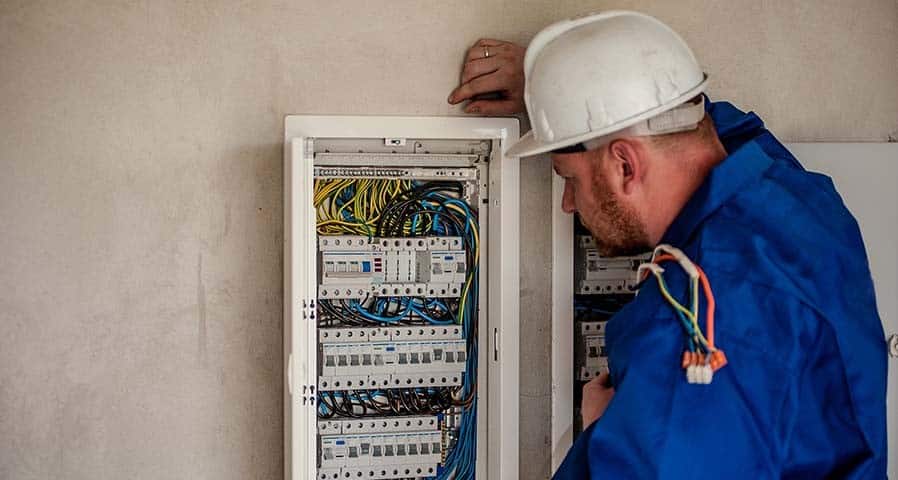
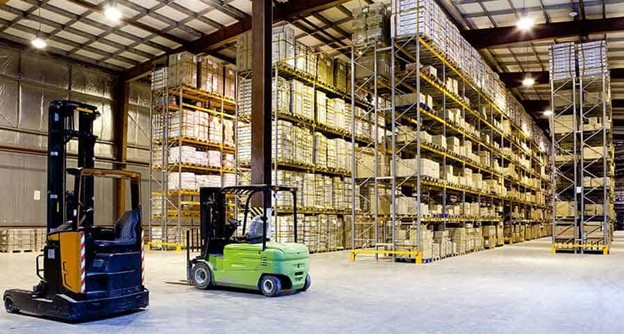
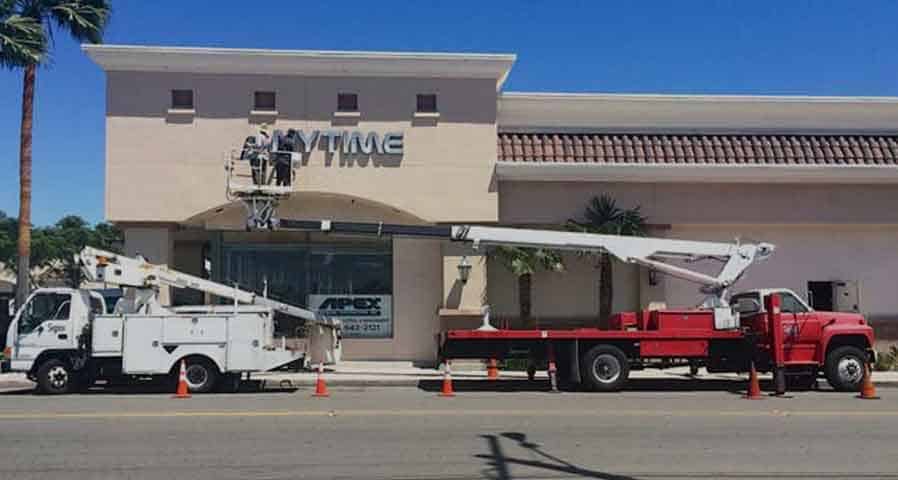

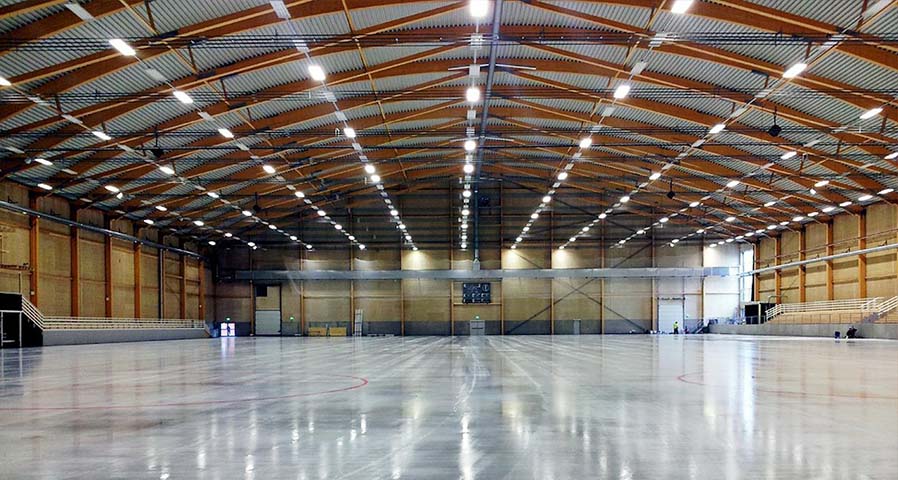








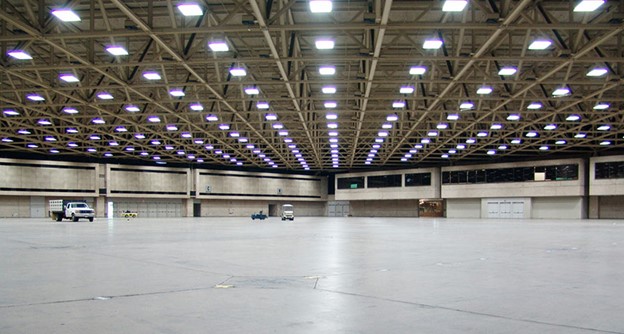
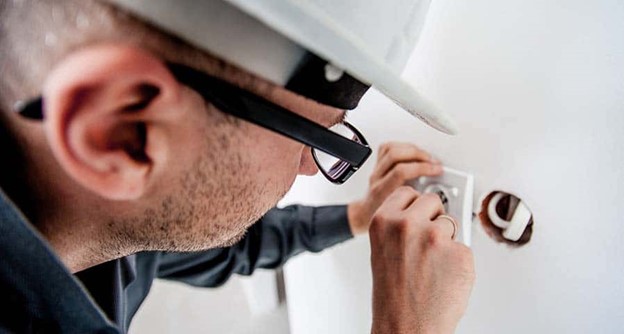
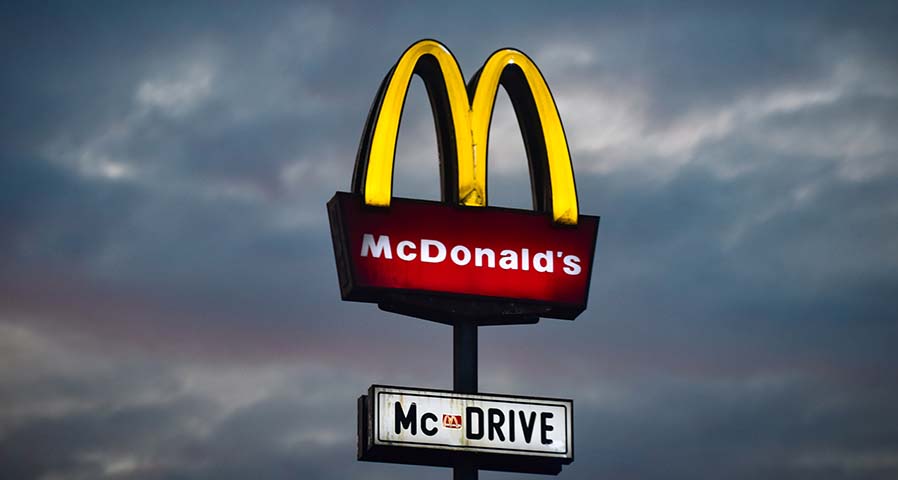
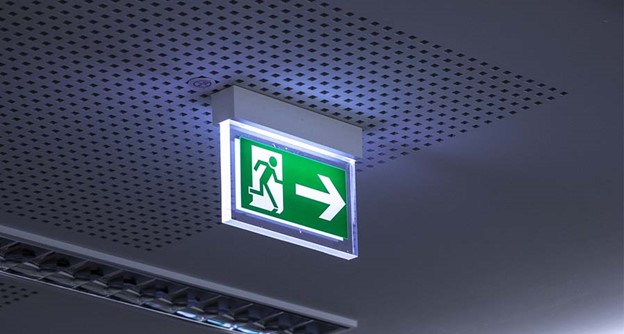
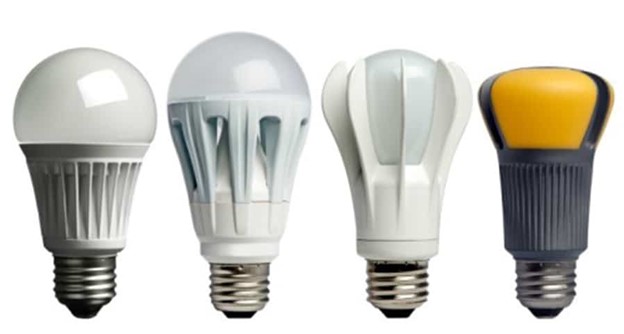
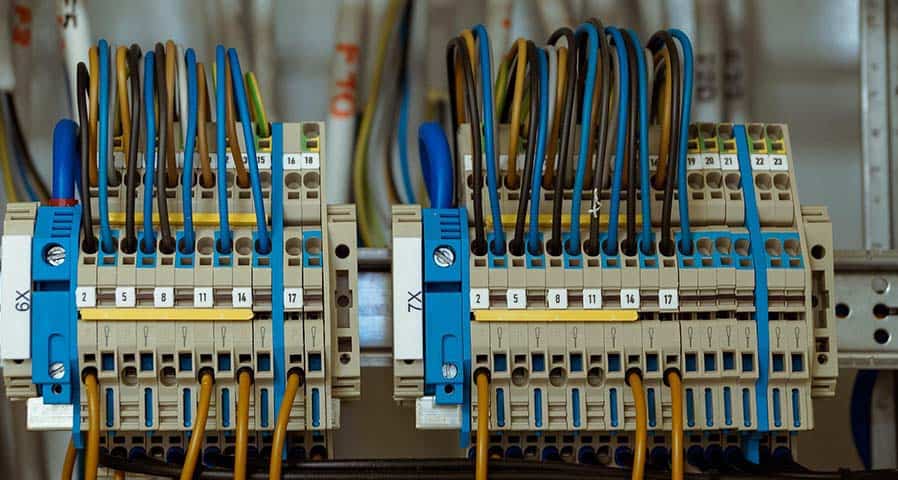
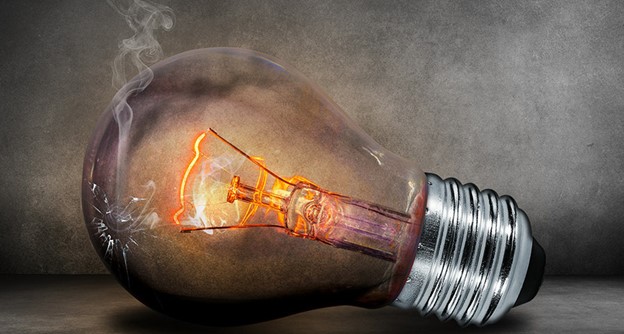


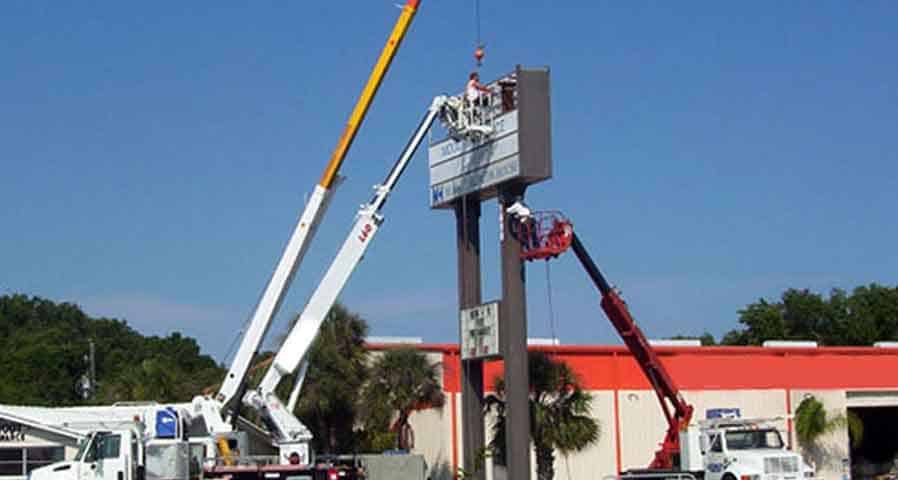

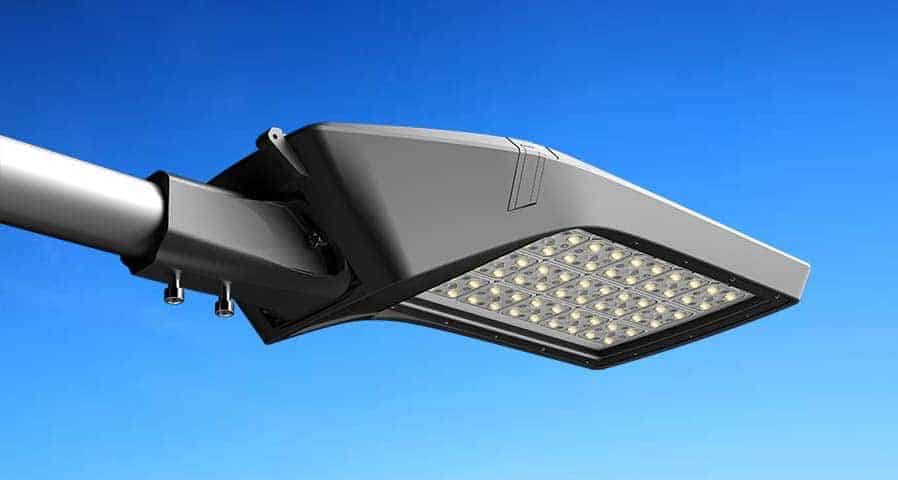
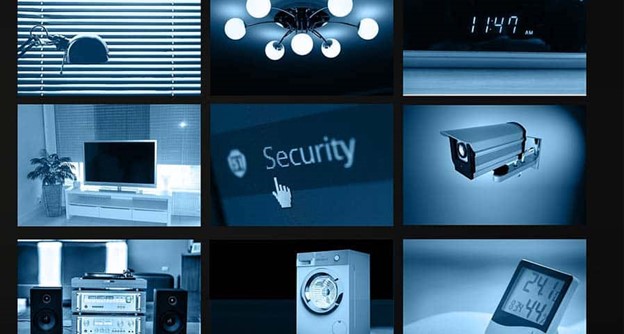
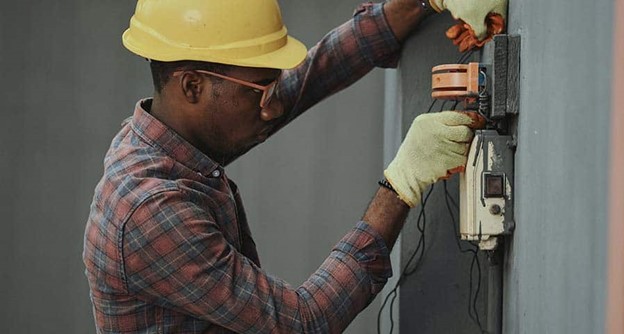
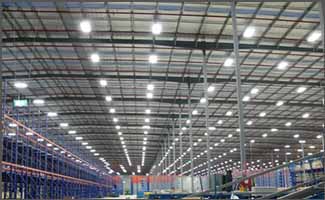
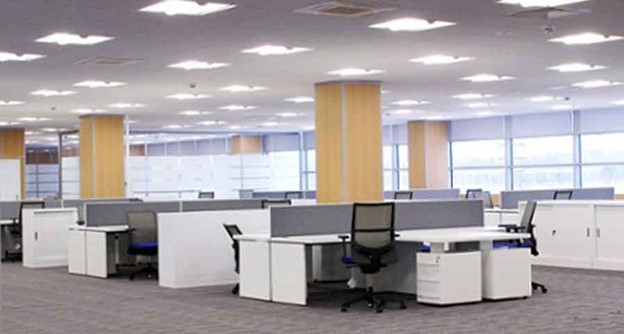




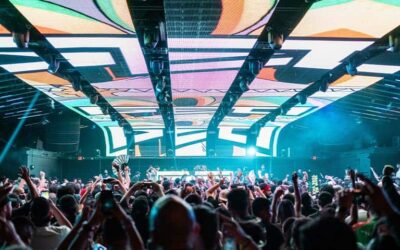


0 Comments